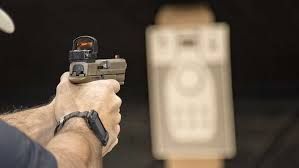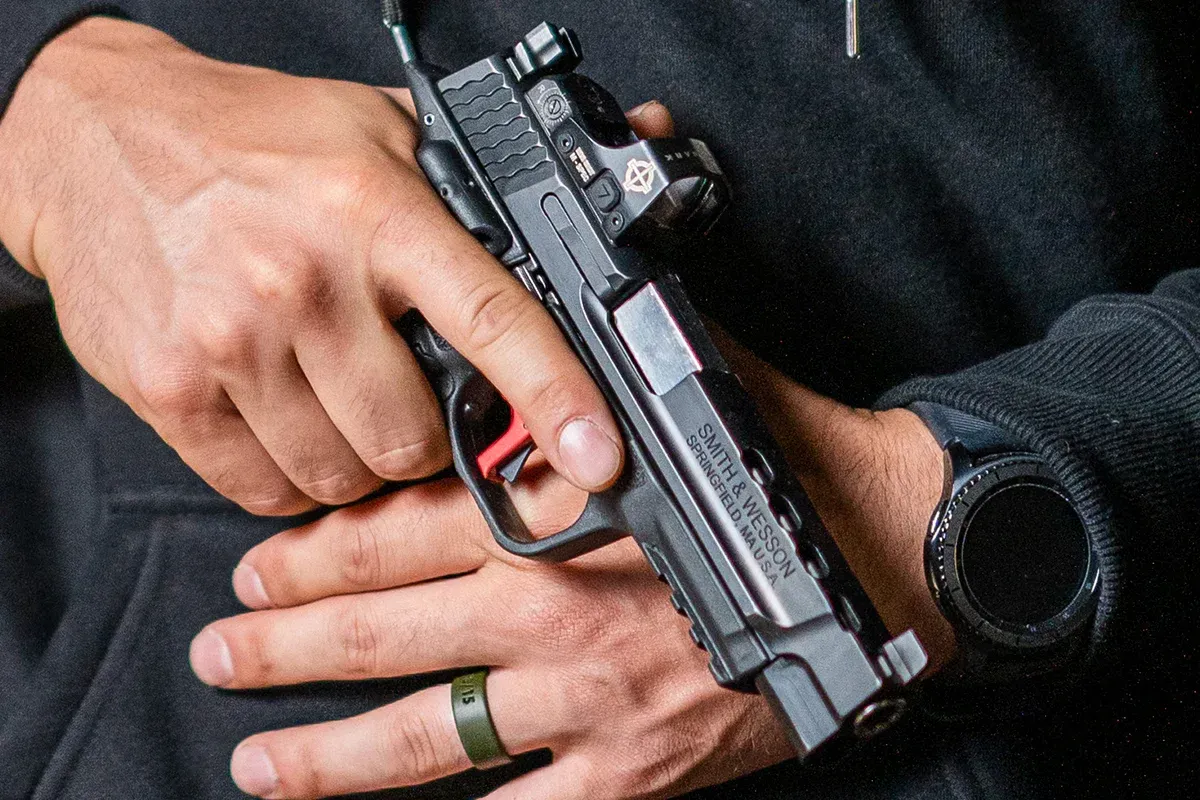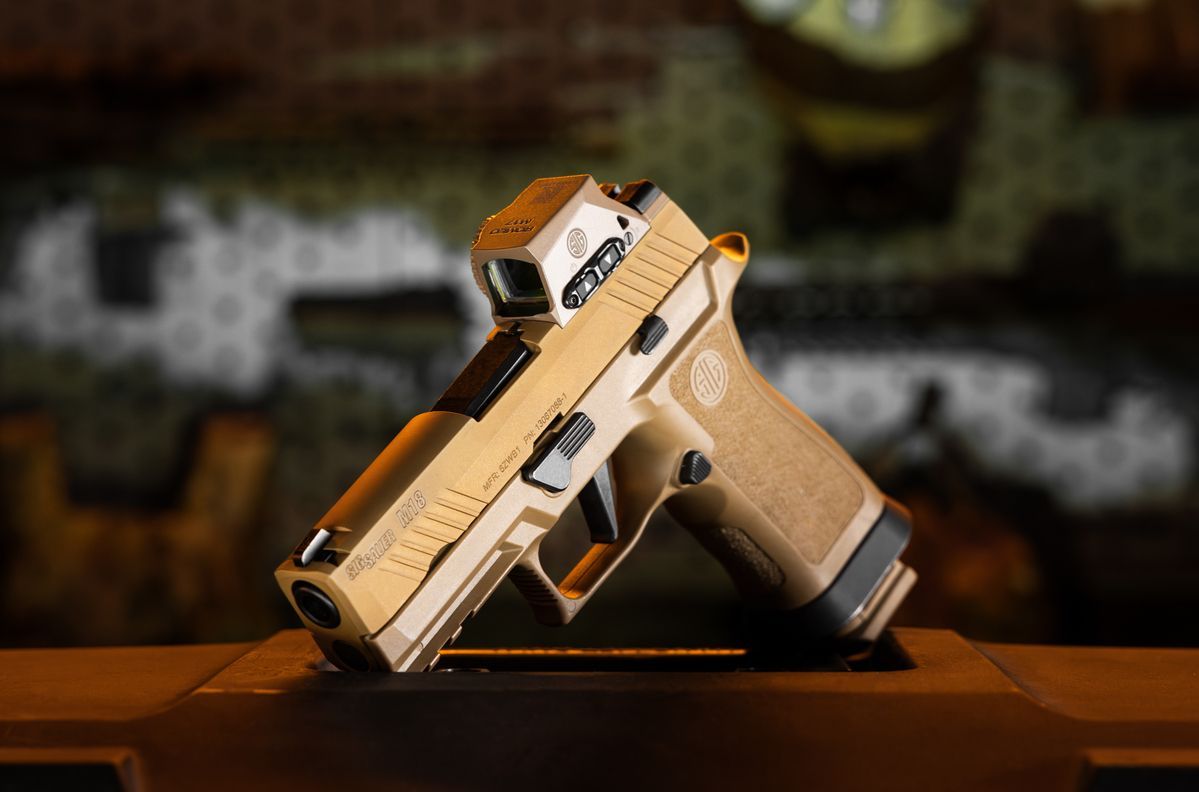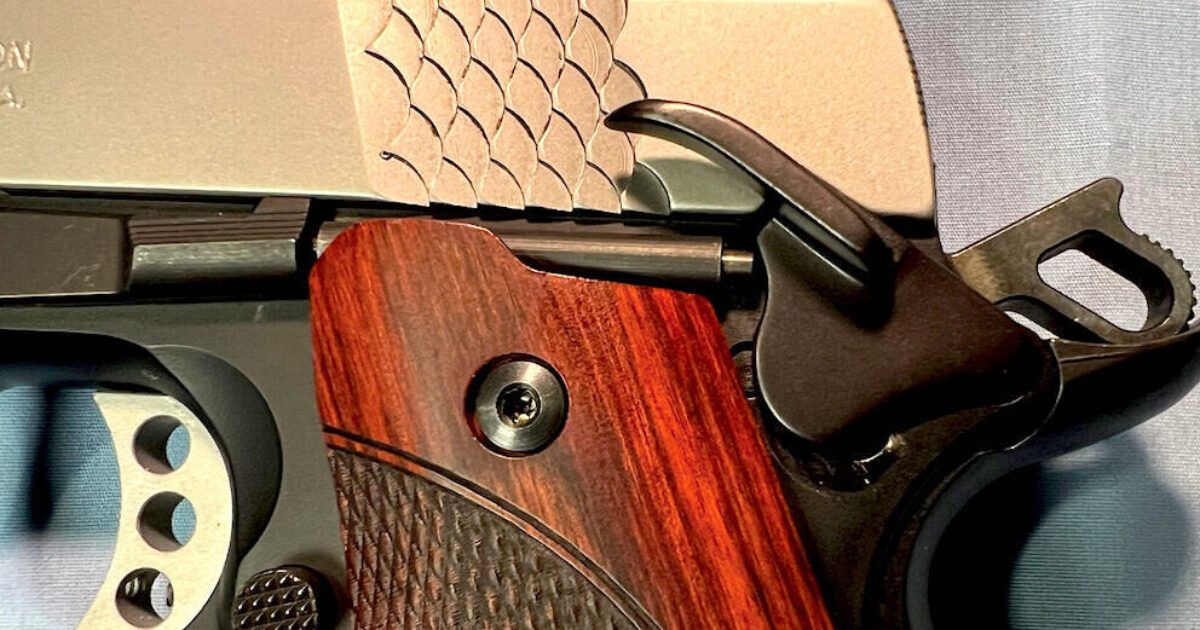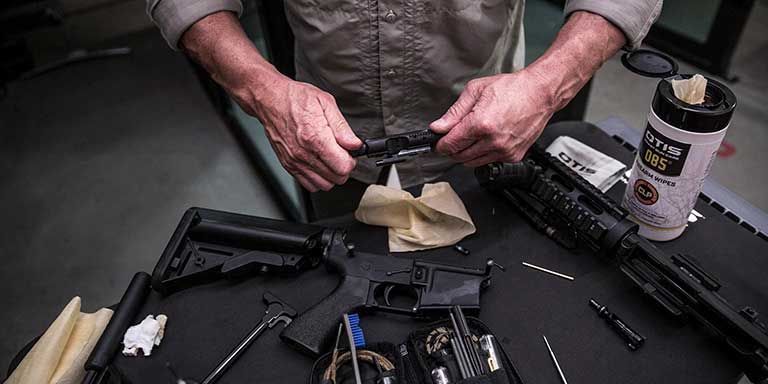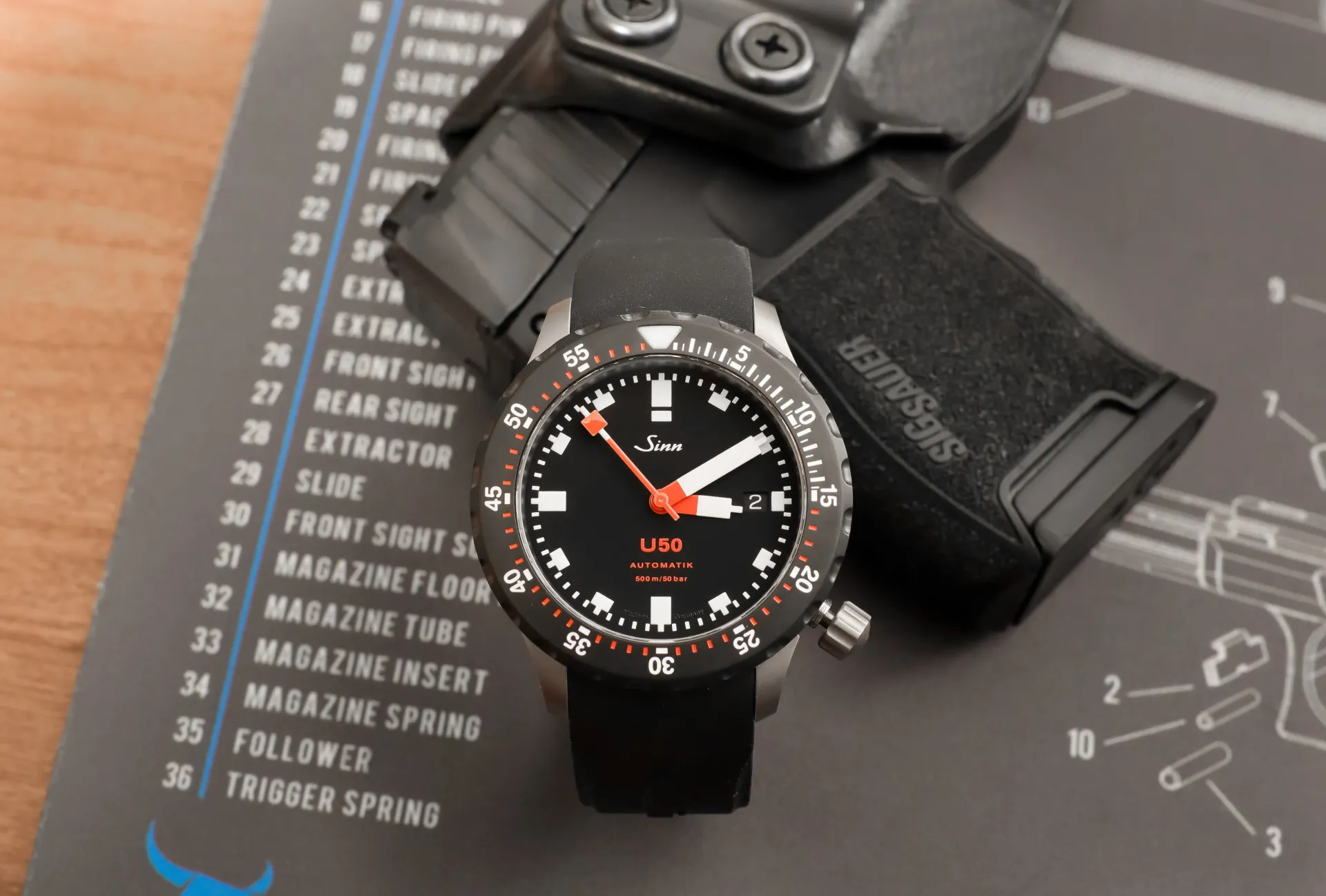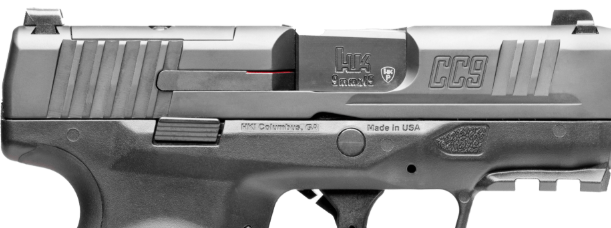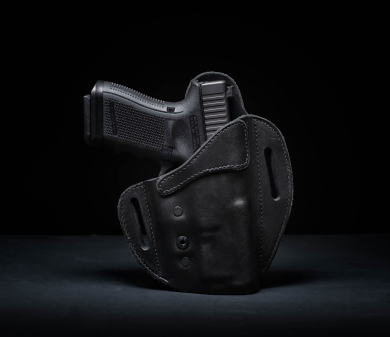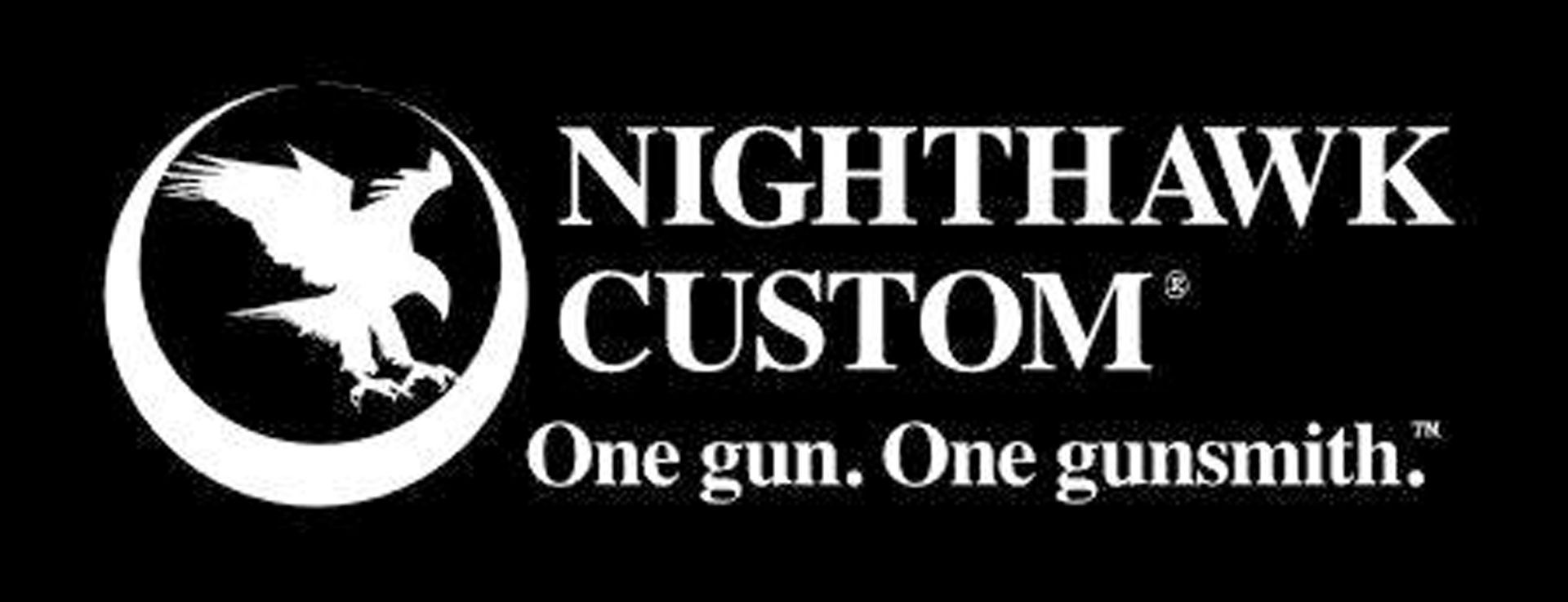NY Concealed Carry: Sensitive Locations and When You May Lawfully Use Your Gun
NY Concealed Carry: Sensitive Locations and When You May Lawfully Use Your Gun
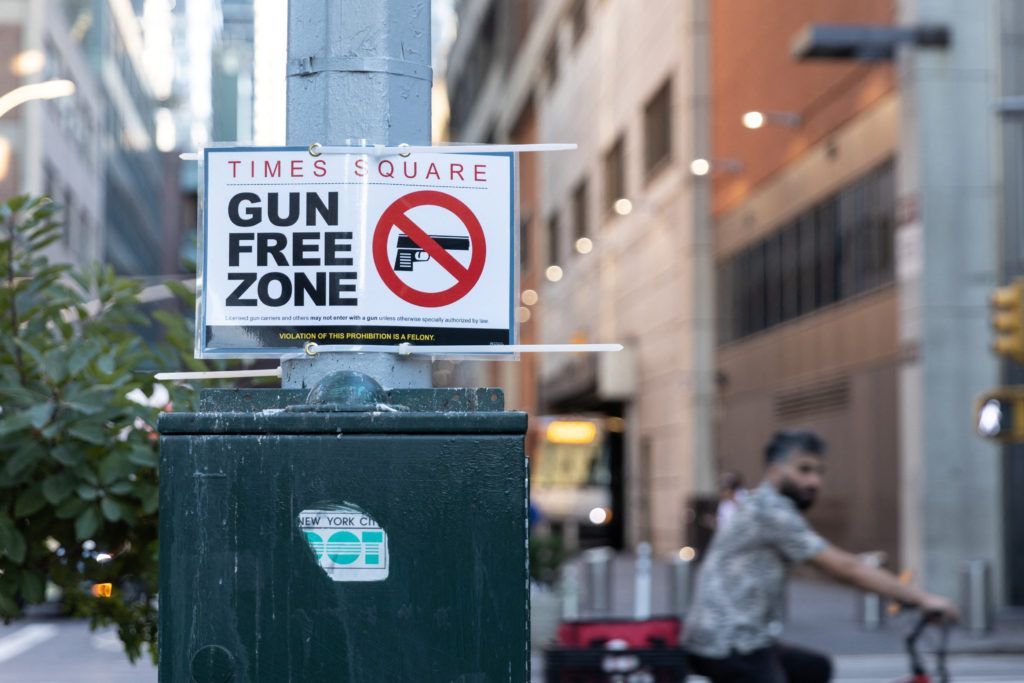
New York’s gun laws have undergone major changes in recent years, particularly after the 2022 Concealed Carry Improvement Act (CCIA). For those carrying a firearm, it is critical to understand two things:
- Where you can and cannot legally carry (the “sensitive locations” rules).
- When you may legally use a firearm to defend yourself (the justification statutes in Penal Law Article 35).
This blog breaks down the current state of the law, what it means for concealed carriers, and practical steps to stay compliant.
Sensitive Locations: Where Carrying Is Prohibited
Under Penal Law §265.01-e, it is a crime to knowingly possess a firearm, rifle, or shotgun in a sensitive location. The law defines these locations through an extensive list, including but not limited to:
- Government buildings and courthouses
- Schools, day-care facilities, and libraries
- Public parks, playgrounds, and zoos
- Houses of worship
- Public transportation, subways, buses, and transit hubs
- Health-care facilities, shelters, and soup kitchens
- Times Square and other designated tourist-heavy areas
- Polling places and election-related sites
Carrying in any of these locations—even with a permit—can expose you to
felony charges. Signs may reinforce these rules, but the statute also holds you accountable if you “reasonably should know” that the location is prohibited.
Licensing Restrictions Still Apply
Under
Penal Law §400.00, licensing officers may impose specific restrictions on your permit. Violating those restrictions can have administrative and criminal consequences.
Ongoing Litigation
Many of the sensitive-location rules have been challenged in federal court. While some provisions remain under review, most of the restrictions are still enforceable today. Courts have largely allowed New York to maintain its framework while cases work through the system.
When Can You Use Your Gun in Self-Defense? (Penal Law Article 35)
Carrying legally is only one part of the equation—using your firearm in defense has its own strict standards. Article 35 of the Penal Law governs justification and use of force.
Non-Deadly Force
You may use physical (non-deadly) force when you reasonably believe it is necessary to defend yourself or another person against the use or imminent use of unlawful physical force. (Penal Law §35.15(1))
Deadly Force
Deadly physical force is far more restricted. You may only use it when you reasonably believe that:
- Someone is using or about to use deadly physical force against you, and
- You cannot retreat with complete safety.
There are exceptions:
- No duty to retreat in your dwelling, provided you are not the initial aggressor.
- Deadly force may also be justified to prevent certain violent felonies such as kidnapping, robbery, rape, or burglary. (Penal Law §35.15(2))
Defense of Premises
Under §35.20, limited use of deadly force may also be justified to prevent violent entry into your dwelling or certain forcible felonies.
Important Cautions
- Possession vs. Use: Even if a defensive shooting might be justified under Article 35, carrying in a sensitive location is a separate crime. You could face prosecution simply for being unlawfully in possession before any use occurs.
- License Restrictions Matter: Always check the conditions on your permit. Some are tailored to specific counties or licensing officers.
- The Law is Still Evolving: With active litigation, the rules may continue to shift. Always consult updated state guidance.
Practical Takeaways for Responsible Carriers
- Study the List: Know the sensitive locations under §265.01-e. Avoid carrying there unless a statutory exception clearly applies.
- Check Your Permit: Review restrictions set by your licensing officer under §400.00.
- Retreat If Possible: Outside your home, the law requires you to avoid deadly force if you can safely retreat.
- Be Prepared if You Use Force: Call 911 immediately, preserve evidence, and seek legal counsel before making detailed statements.
- Train Regularly: Beyond marksmanship, train in de-escalation, decision-making, and understanding the law.
Final Word
New York’s concealed-carry laws are strict and complex. Between sensitive-location restrictions and Article 35’s narrow self-defense rules, lawful carriers must remain vigilant. Remember: what may feel “reasonable” in the moment will be judged by investigators, prosecutors, and possibly a jury after the fact.
Stay informed, train responsibly, and when in doubt—err on the side of caution.
At Vintage Arms Inc we cover all of the above and more during the NYS required 18hr CCIA Class

